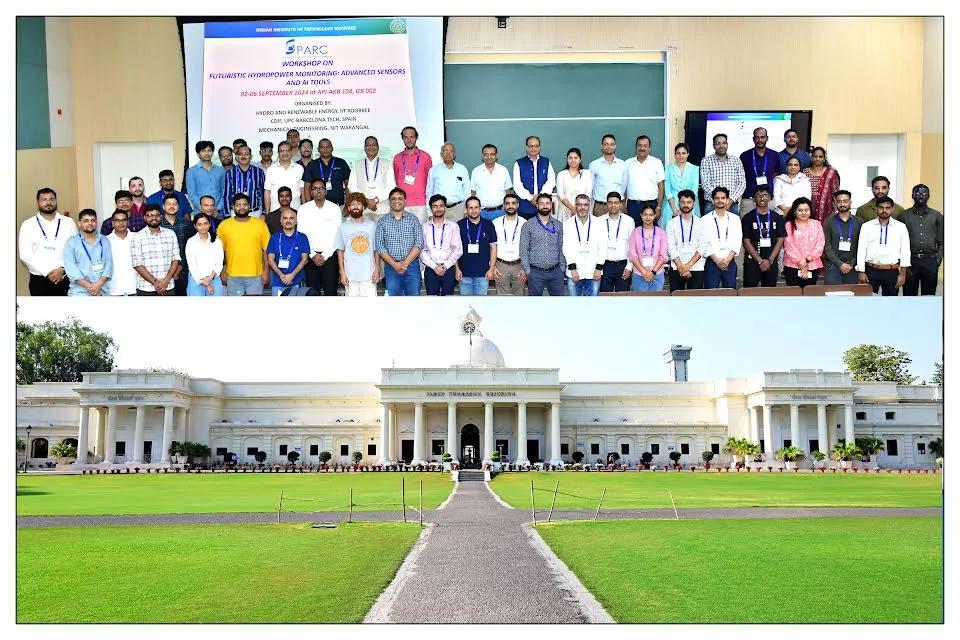Washington: The saliva is the main body fluid that the Epstein-Barr virus (EBV) spreads through when people kiss, share drinks or use the same dining utensils. So, it should come as no surprise that EBV is one of the most common viruses, infecting more than 90 per cent of the world's population, mostly during childhood.
Findings of the study were published in the journal Nature. Infectious mononucleosis and other illnesses are brought on by EBV, albeit frequently there are no symptoms. The majority of infections are minor and short-lived, but the virus stays in the body and sometimes becomes dormant or reactivates. Many chronic inflammatory diseases and several malignancies are linked to long-term latent infections.
Researchers at University of California San Diego, UC San Diego Moores Cancer Center and Ludwig Cancer Research at UC San Diego, describe for the first time how the virus exploits genomic weaknesses to cause cancer while reducing the body's ability to suppress it.
These findings show "how a virus can induce cleavage of human chromosome 11, initiating a cascade of genomic instability that can potentially activate a leukemia-causing oncogene and inactivate a major tumor suppressor," said senior study author Don Cleveland, PhD, Distinguished Professor of Medicine, Neurosciences and Cellular and Molecular Medicine at UC San Diego School of Medicine.
"It's the first demonstration of how cleavage of a 'fragile DNA' site can be selectively induced."
Throughout every person's genome or full set of genes are fragile sites, specific chromosomal regions more likely to produce mutations, breaks or gaps when replicating. Some are rare, some are common; all are associated with disorders and disease, sometimes heritable conditions, sometimes not, such as many cancers. In the new study, Cleveland and colleagues focus on EBNA1, a viral protein that persists in cells infected with EBV. EBNA1 was previously known to bind at a specific genomic sequence in the EBV genome at the origin of replication. The researchers found that EBNA1 also binds a cluster of EBV-like sequences at a fragile site on human chromosome 11 where increasing abundance of the protein triggers chromosomal breakage.
Other prior research has shown that EBNA1 inhibits p53, a gene that plays a key role in controlling cell division and cell death. It also suppresses tumor formation when normal. Mutations of p53, on the other hand, are linked to cancer cell growth. When the scientists examined whole-genome sequencing data for 2,439 cancers across 38 tumor types from the Pan-Cancer Analysis of Whole Genomes project, they found that cancer tumors with detectable EBV revealed higher levels of chromosome 11 abnormalities, including 100% of the head and neck cancer cases.
"For a ubiquitous virus that is harmless for the majority of the human population, identifying at-risk individuals susceptible to the development of latent infection-associated diseases is still an ongoing effort," said the study's first author Julia Li, PhD, a postdoctoral fellow in Cleveland's lab. —ANI

